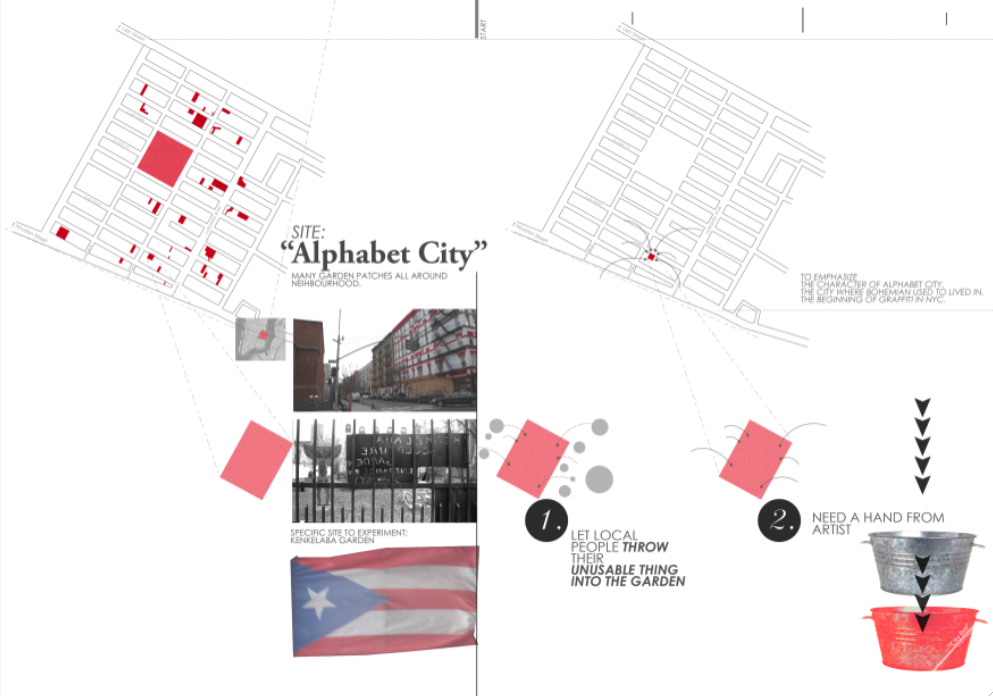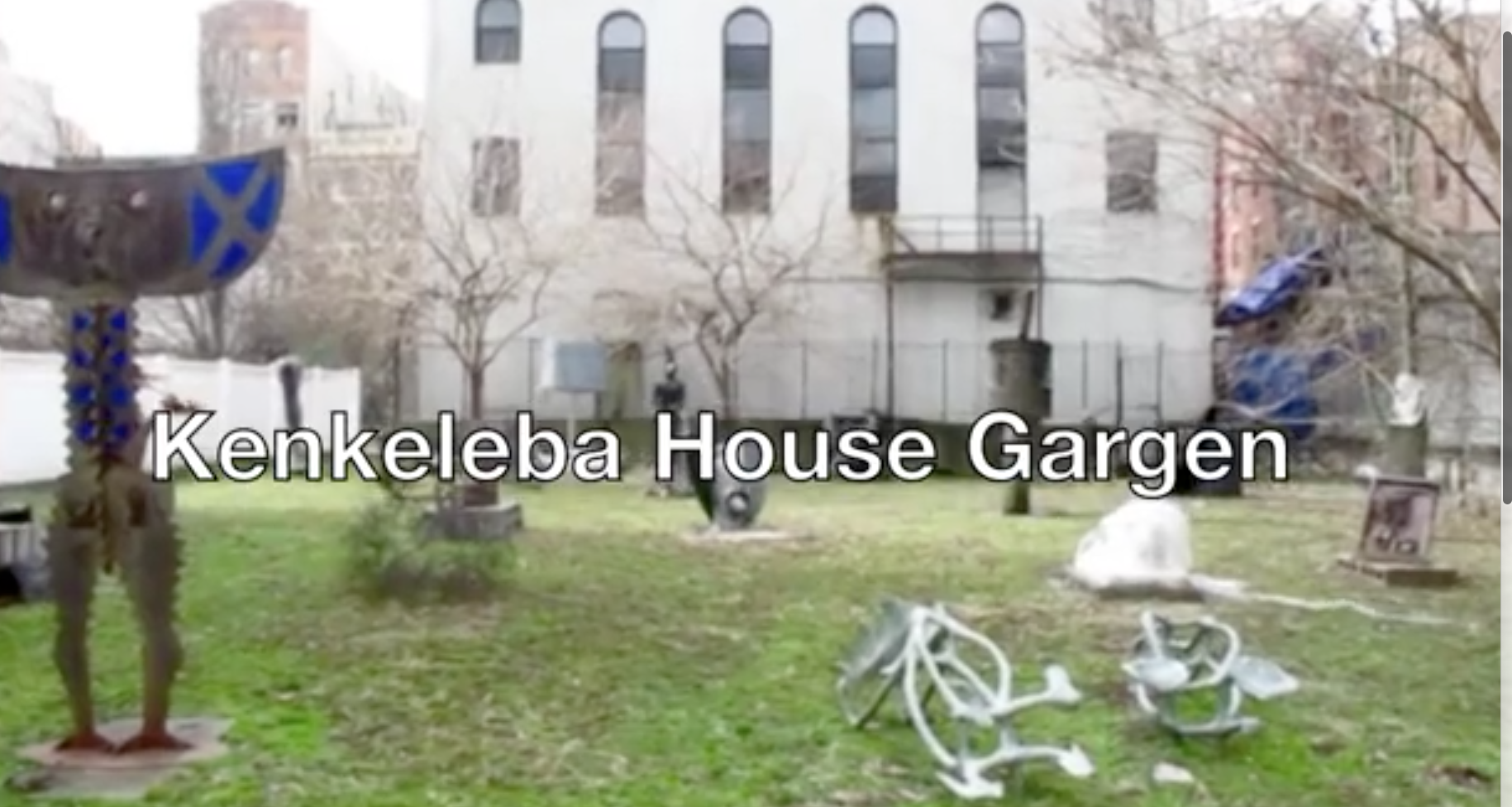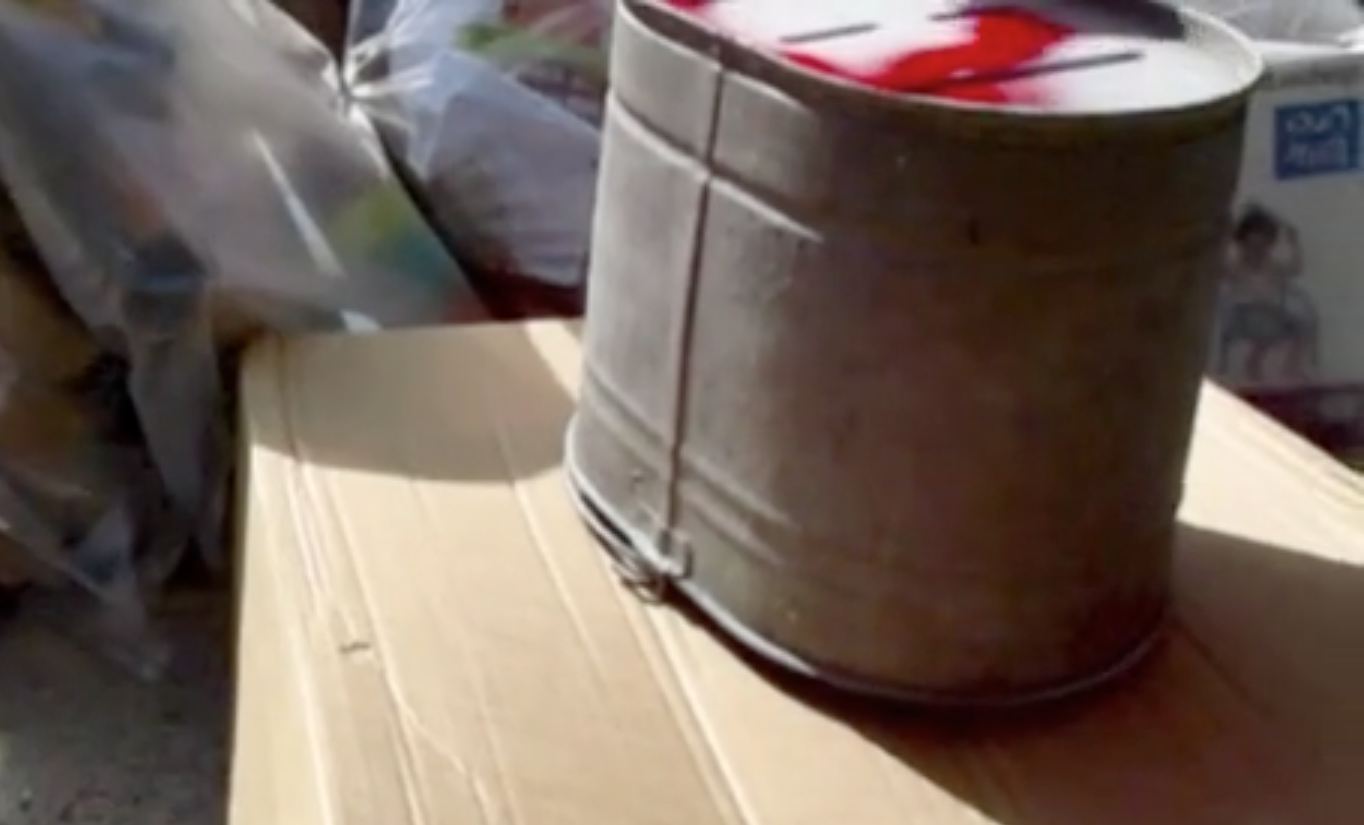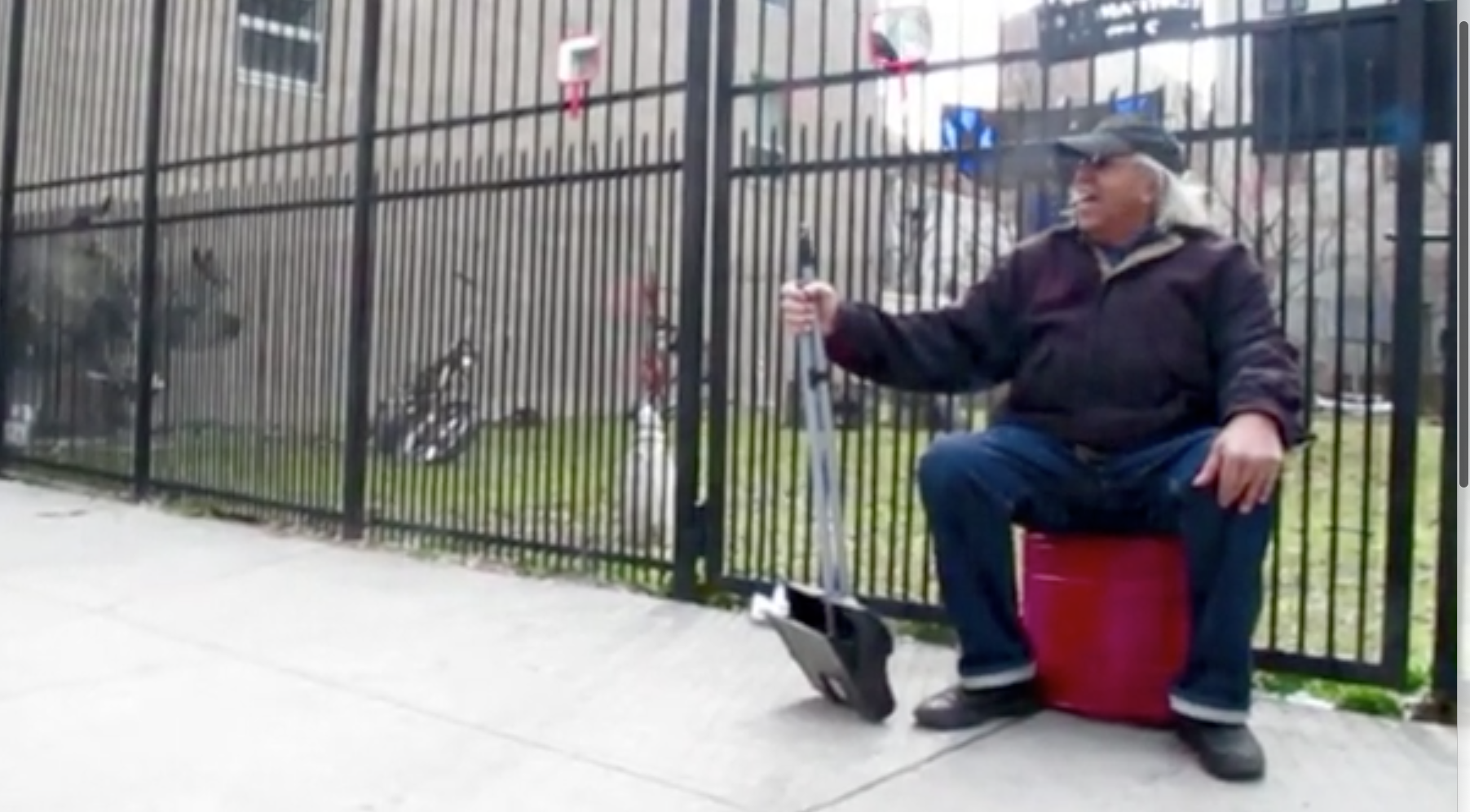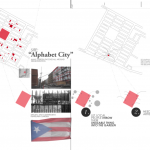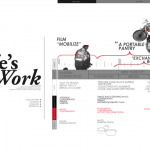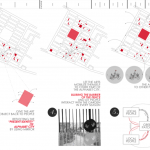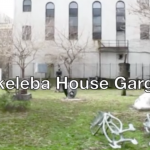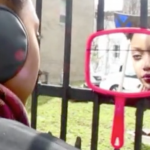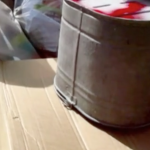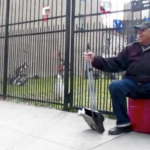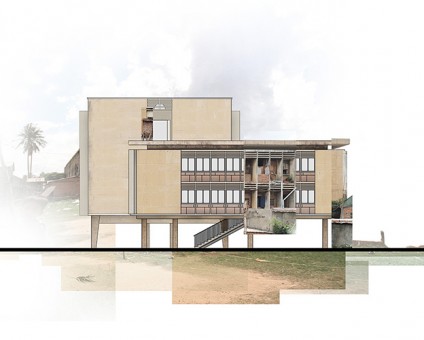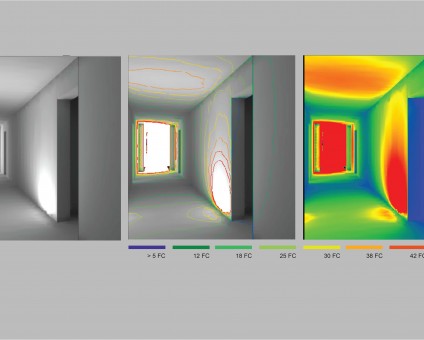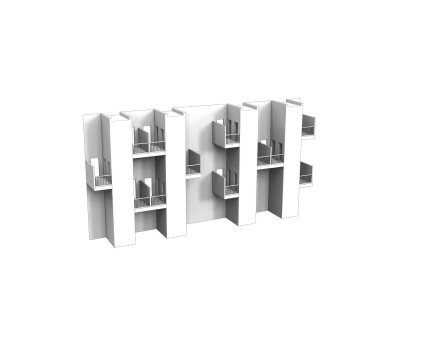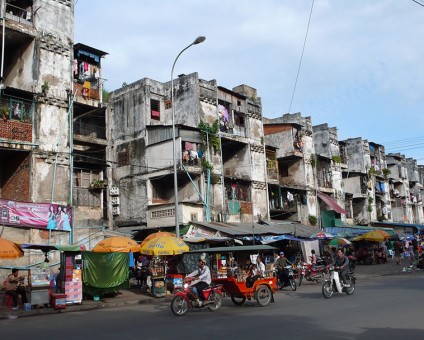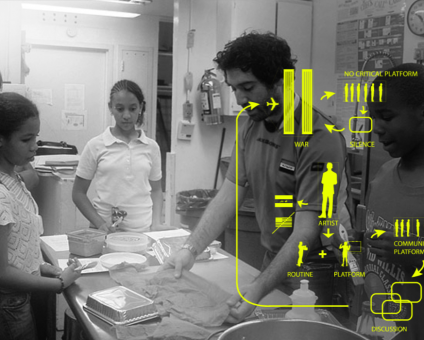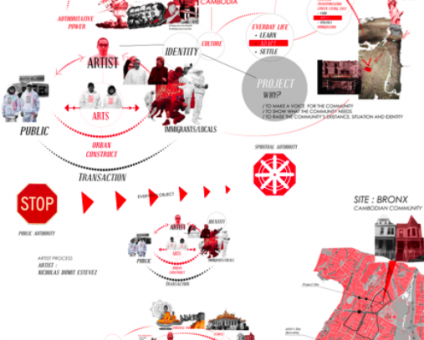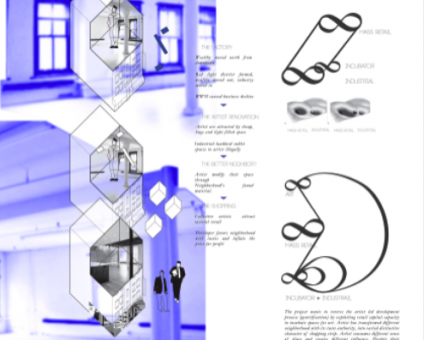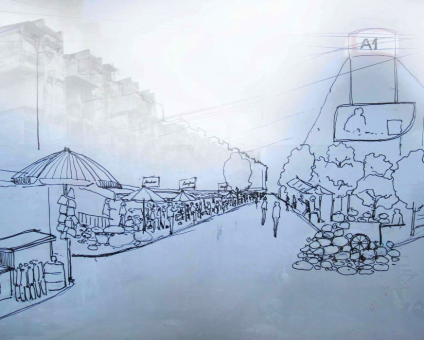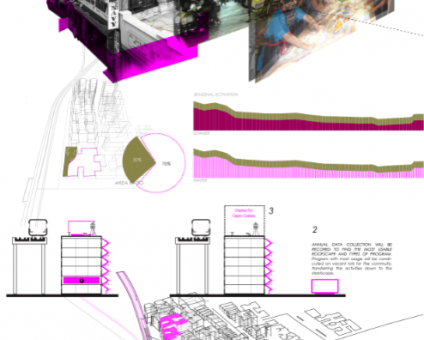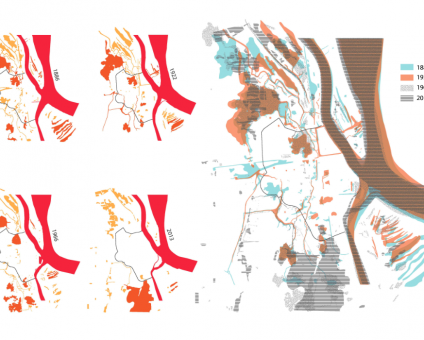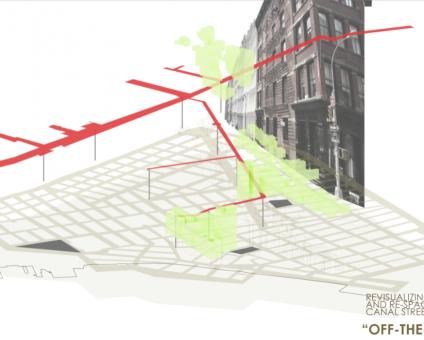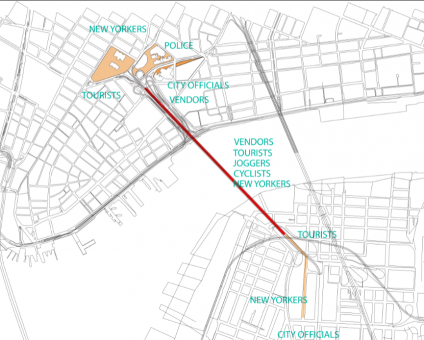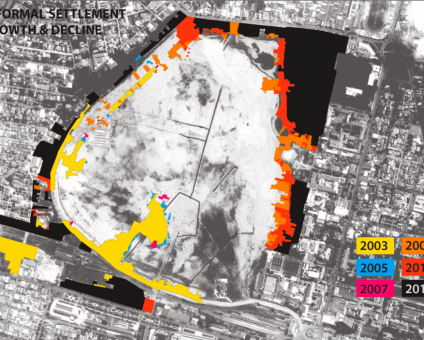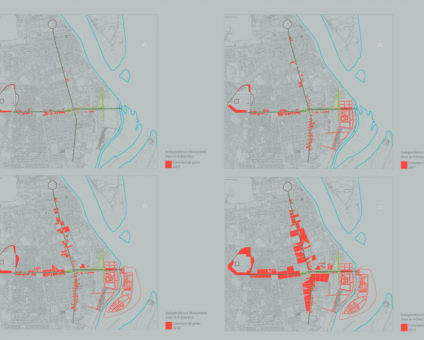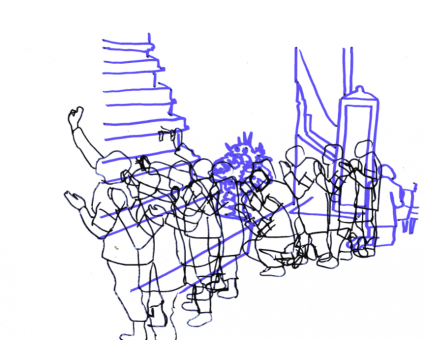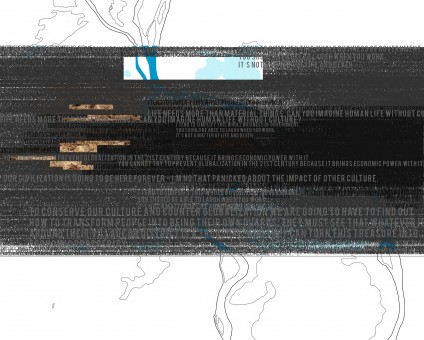Information
By Dobin, Paan and Marco
:
To watch the video, click here.
:
We were inspired by the artist, Emcee (Master of None), who created the MOBILIZE series, a performance art piece that that entailed riding around New York City on a bicycle-cart at different times, with different themes aimed at creating spontaneous conversations with passersby, learning about the natural ecology of the area, and producing “public domestication” interventions with a portable workshop.
:
We then drew a comparison between the MOBILIZE performance art series and the act of pollination in nature. We saw that what Emcee was essentially doing was taking bits and pieces of “things, knowledge, and emotion,” and dispersing them across the city while collecting more at the same time to disperse somewhere else.
:
Upon selecting Alphabet City in Manhattan’s Lower East Side as our site due to the fact that it was a neighborhood none of us had ever worked in, we proceeded to do some fieldwork and were pretty instantly focused on the display of public art via murals and graffiti, the array of unwanted things left on the sidewalk for removal, and the many little niches within the housing blocks that are occupied by community gardens.
:
Identity
Part of our task was to create an urban ecology analysis that would reveal different acting forces and people in the neighborhood that make it what it is. We discovered that the neighborhood had roughly two types of people, those of Puerto Rican descent who had been living in the area for generations, and others who have come there more recently and that we found to be mainly young professionals with different races and ethnic backgrounds. The neighborhood has a rich history that is primarily made visible by the many murals you see while walking around. We saw these as elements of identity that have been archived over time, but that don’t necessarily reveal a current day identity for others who have missed out on historical identities being preserved. Our intervention seeks to encourage the people living in the neighborhood to continue to contribute to an evolution in the identity of the neighborhood by interacting with the public space, each other, and a materials exchange for creating art.
:
Boundaries
The community gardens we stumbled upon were all very interesting in their visual aesthetic (patchy, unorganized, colorful), partly because they were unconventional gardens by appearance, but also because they even fostered sculptural artwork that seemed to be made of random objects. However, what stood out most was the lack of access to them, and the fences in particular that keep people out. We decided to try and redefine the fence as a boundary of engagement with a softer and more inviting connotation, seeing as how the logic of using them to keep out crime makes sense.
:
Unwanted Objects
Because we found many clusters of unwanted things on the curbside along our walk, we decided it would be interesting to use these as a medium for intervention, not only with the one we staged, but with a greater idea for fostering materials exchange among residents in the community gardens themselves. In this way, what would previously be considered to be trash could be re-used in a way to create new things. The mobilization, or “pollinization,” in this case would be one of actual physical objects around the open spaces, as well as the ideas and stories of people who would ideally start to create a new addition to the colorful list of identities that the neighborhood has cultivated over time.

